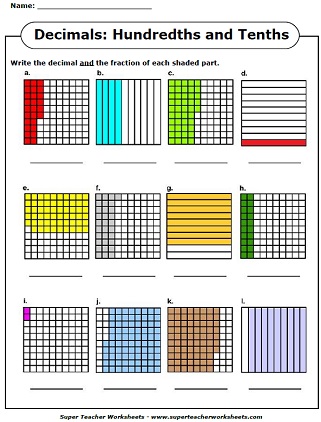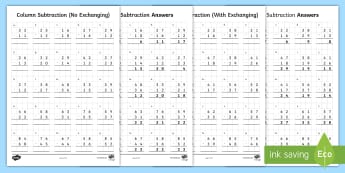quadrat sampling worksheet answers
freemathtutoring - Difference of Squares Answer Sheet part of the. 12 Pics about freemathtutoring - Difference of Squares Answer Sheet part of the : Using quadrats to estimate population size of plant species | Teaching, Fun four quadrant graphing worksheets. Perfect for working on the and also Pin on Math.
Freemathtutoring - Difference Of Squares Answer Sheet Part Of The
squares difference answer sheet
Fun Four Quadrant Graphing Worksheets. Perfect For Working On The
 www.pinterest.com
www.pinterest.com
math google teaching teacher docs insert classroom expressions grade create drive idea graphs equation 5th common slides core stem dollar
Write My Essay Online For Cheap - Website That Can Solve Any Math
 definerhetoric.web.fc2.com
definerhetoric.web.fc2.com
decimals hundredths tenths decimal grade pictorial dividing solver
Using Quadrats To Estimate Population Size Of Plant Species | Teaching
 www.tes.com
www.tes.com
population quadrats tes species estimate plant using different does why resources
KS1 - Calculation - Maths Primary Resources
 www.twinkl.com.hk
www.twinkl.com.hk
subtraction twinkl maths differentiated subtracting prepositions families exchanging calculation ks1
Drugs And Drug Abuse Quiz 'What Am I?' Style By - UK Teaching Resources
 www.tes.com
www.tes.com
am quiz sheet resources tes
Pre-Calc Completing The Square - Mrs. Oswald's Classroom
 sites.google.com
sites.google.com
square completing problems practice calc pre oswald mrs classroom answers
Pin On Math
 www.pinterest.com
www.pinterest.com
grading
Numerical Methods Coursework - A-Level Maths - Marked By Teachers.com
 www.markedbyteachers.com
www.markedbyteachers.com
coursework numerical methods maths level sign
Pin On Teaching
 www.pinterest.co.uk
www.pinterest.co.uk
scatter notes plots vocabulary foldable plot teaching education students grade correlations taking algebra had easy science math grasped interactive maths
Quadratic Sorting Practice
 www.scribd.com
www.scribd.com
sorting quadratic
1000 Questions Advanced Subtraction KS2 Mathematics Calculator Use
 www.tes.com
www.tes.com
ks2 ks1 numeracy twelve subtraction
Numerical methods coursework. Using quadrats to estimate population size of plant species. Pin on teaching